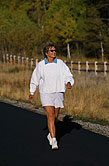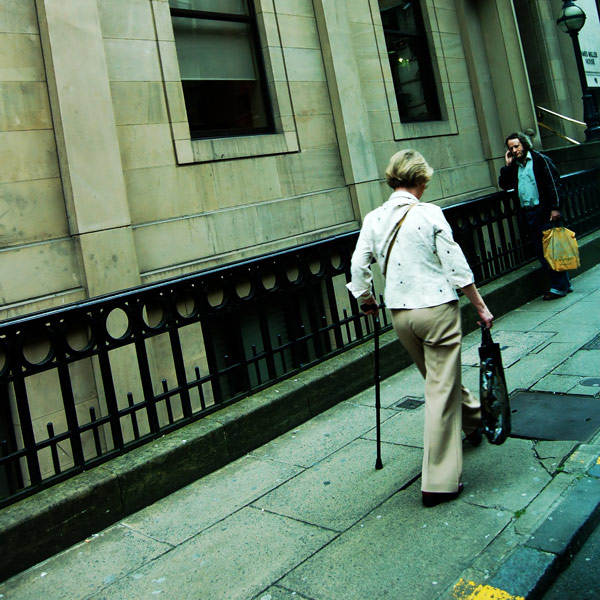
TUESDAY, April 6 (HealthDay News) — Regular walking significantly reduces stroke risk in women, researchers say.
In a new study that looked at data from 39,315 U.S. female health professionals, average age 54, participating in the Women’s Health Study, 473 of the women had an ischemic (clot-related) stroke and 102 had a hemorrhagic (bleeding) stroke during 11.9 years of follow-up. Those who were most active in their leisure time were 17 percent less likely to have any type of stroke than those who were least active.
The study, published April 6 in the journal Stroke, focused on comparing women who walked regularly to those who didn’t walk, and found:
- Those who usually walked at a brisk pace were 37 percent less likely to have any type of stroke and had a 68 percent lower risk of hemorrhagic stroke.
- Those who walked two or more hours a week had a 30 percent lower risk of any type of stroke and a 57 percent lower risk of hemorrhagic stroke.
- Women who usually walked at a brisk pace were about 25 percent less likely to suffer an ischemic stroke, and those who walked more than two hours a week were less likely to have an ischemic stroke.
“Physical activity, including regular walking, is an important modifiable behavior for stroke prevention,” lead author Jacob R. Sattelmair, a doctoral candidate in epidemiology at Harvard School of Public Health in Boston, said in a news release from the American Heart Association. “Physical activity is essential to promoting cardiovascular health and reducing risk of cardiovascular disease, and walking is one way of achieving physical activity.”
Previous studies have found that active people are 25 percent to 30 percent less likely to have a stroke than inactive people.
“Though the exact relationship among different types of physical activity and different stroke subtypes remains unclear, the results of this specific study indicate that walking, in particular, is associated with lower risk of stroke,” Sattelmair said.
Adults should do at least 150 minutes a week of moderate-intensity, or 75 minutes a week of vigorous-intensity, aerobic activity, according to the American Heart Association.
More information
The U.S. National Institute of Neurological Disorders and Stroke has more about stroke.

